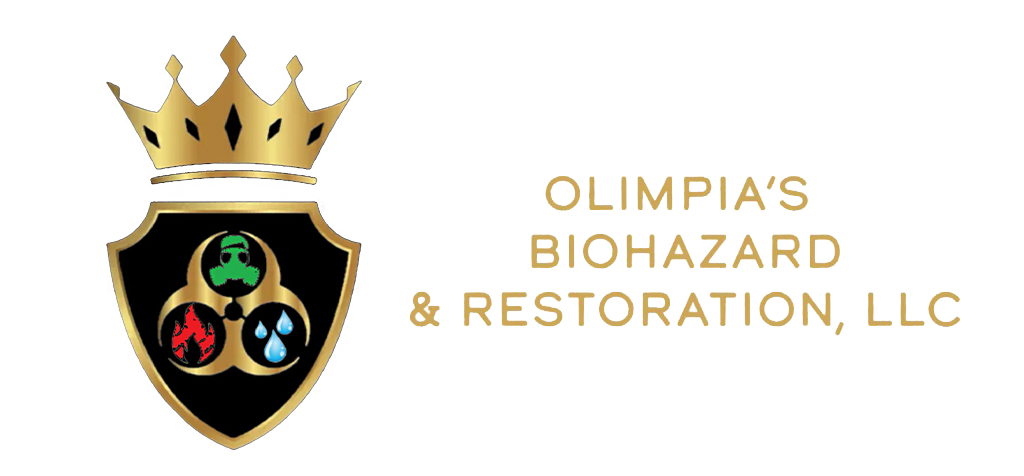Portland residents! We know how devastating fires can be, and dealing with the aftermath can be a real challenge. That’s why Olimpia’s Biohazard and Restoration are here to lend a helping hand with some fire remediation and mold prevention tips. First things first, make sure you prioritize safety by wearing protective gear and assessing any structural damage. Next, begin the cleanup process promptly to prevent further damage and mold growth. Remove debris, dry out the affected areas, and thoroughly clean all surfaces. Proper ventilation and dehumidification are crucial to keep mold at bay. Lastly, consider reaching out to professionals for specialized assistance. We’ve got your back on this journey to restoring your homes and keeping them mold-free.
Fire remediation and mold prevention tips for Portland residents:
Here are some headings for fire remediation and mold prevention tips for Portland residents:
Ensuring Safety First
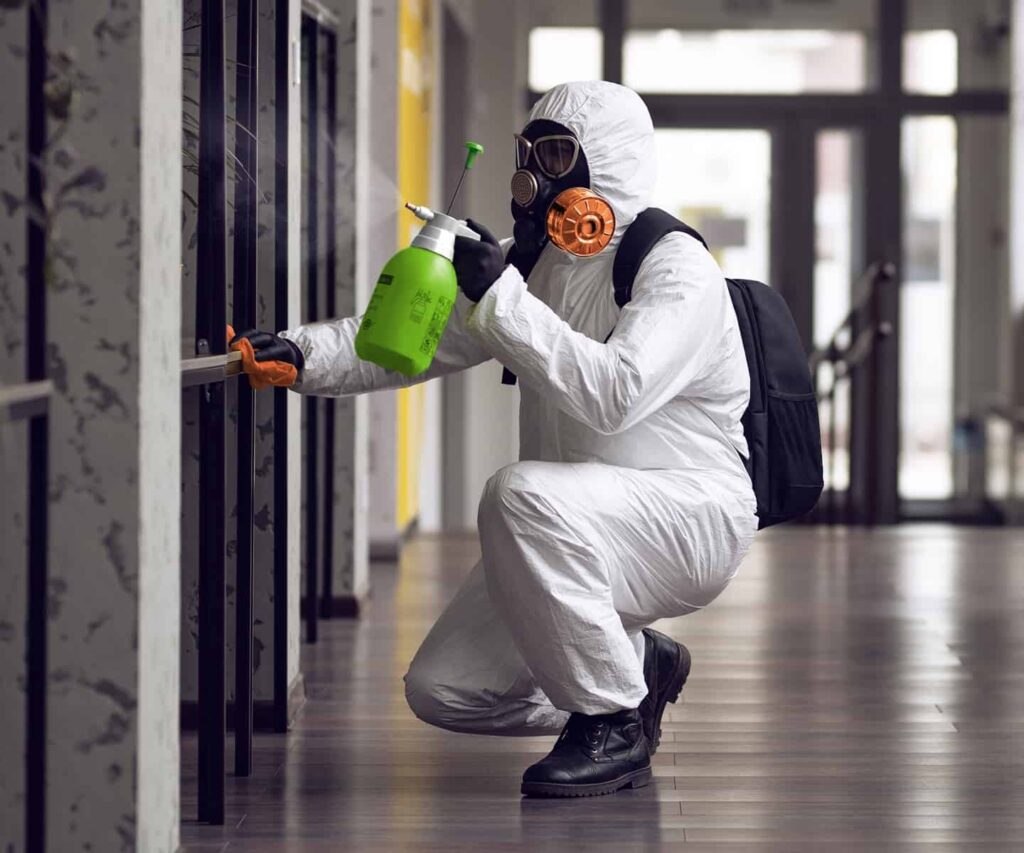

When faced with the aftermath of a fire, the first and most crucial step is to prioritize safety. Fire-damaged structures can pose significant risks, such as weakened walls, unstable structures, or hazardous materials. To ensure your well-being and the well-being of those around you, follow these safety measures:
Wear protective gear: Before entering the affected area, make sure to equip yourself with personal protective equipment (PPE) such as gloves, masks, goggles, and sturdy footwear. This will help safeguard you from potential hazards like sharp debris, toxic fumes, or harmful substances.
Certainly, when addressing fire remediation in commercial properties, assessing the structural integrity of the building is a paramount step. Before initiating any cleanup or remediation efforts, it’s crucial to thoroughly evaluate the structural stability of your property. Be vigilant in looking for signs of structural damage, such as sagging ceilings, cracked walls, or compromised supports.
In cases where significant structural issues are suspected, it becomes essential to promptly engage a professional inspector or engineer to assess the situation. This proactive approach ensures the safety and soundness of the commercial property before proceeding with fire remediation efforts, safeguarding the well-being of occupants and the successful restoration of the property.
Assessing Structural Damage
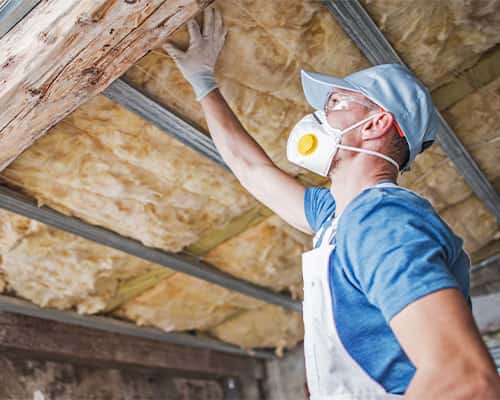

After a fire incident, it is crucial to assess the extent of structural damage to your property. Conducting a thorough evaluation will help you understand the condition of your building and determine the necessary steps for remediation. Here’s a breakdown of the process:
External inspection: Begin by examining the exterior of your property. Look for visible signs of damage, such as charred or collapsed sections, cracked walls, or compromised roofs. Pay close attention to areas near the fire’s origin and areas exposed to intense heat. Note any apparent structural weaknesses.
Internal evaluation: Once you’ve assessed the exterior, move inside your property. Take caution while entering, as there may be hazards like weakened floors or unstable elements. Inspect each room, checking for structural issues like warped beams, weakened supports, or sagging ceilings. Look for signs of water damage caused by firefighting efforts, as this can further compromise the integrity of the structure.
Electrical and plumbing assessment: Inspect electrical systems and plumbing infrastructure to ensure they are intact and functioning correctly. Look for damaged wires, electrical panels, or exposed pipes. If you suspect any issues, it’s advisable to have a professional electrician or plumber assess and address them.
Seek professional expertise: In cases of severe damage or if you’re uncertain about the structural integrity of your property, it’s advisable to consult a qualified structural engineer or building inspector. These professionals have the expertise to conduct a detailed evaluation and provide a comprehensive report on the extent of the damage and recommended remediation steps.
Remember, assessing structural damage is essential for your safety and the effective planning of fire remediation efforts. Don’t hesitate to seek professional help to ensure a thorough evaluation and appropriate measures are taken to restore your property
Prompt Cleanup and Debris Removal
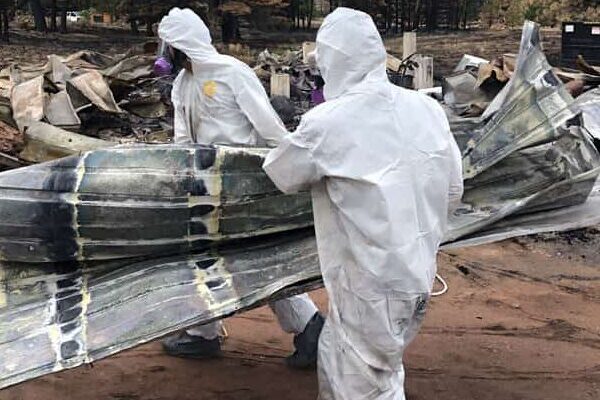

After a fire incident, it is crucial to initiate a prompt cleanup and debris removal process. This step is essential to prevent further damage and create a safer environment for fire remediation and mold prevention. Here’s what you need to know:
Prioritize safety: Before starting the cleanup, ensure that you have the necessary personal protective equipment (PPE) such as gloves, masks, and goggles. Protect yourself from potential hazards like sharp objects, exposed wires, or toxic residues.
Assess the area: Evaluate the extent of debris and damage in your property. Identify areas with the highest concentration of debris and prioritize their cleanup. Be cautious while navigating through the space, as there may be unstable structures or hidden dangers.
Remove large debris: Begin by clearing out large, visible debris such as charred furniture, collapsed materials, or damaged appliances. Use appropriate tools like shovels, wheelbarrows, or dumpsters to safely dispose of the debris. If necessary, consider renting a dumpster or contacting local waste management services for assistance.
Clean surfaces: Once the larger debris is removed, focus on cleaning surfaces within the affected area. Use a vacuum cleaner with a HEPA filter to remove loose soot and ash. Wipe down surfaces with a damp cloth or sponge to remove residual smoke particles and contaminants. Pay special attention to walls, floors, and ceilings.
Dispose of hazardous materials: Separate any hazardous materials, such as chemicals, batteries, or propane tanks, from the general debris. Follow local regulations and guidelines for their proper disposal. Contact your local hazardous waste disposal facility or authorities for guidance.
Water damage mitigation: If your property has undergone firefighting efforts, it’s important to address water damage promptly. Extract any standing water, and use dehumidifiers and fans to facilitate drying. This helps prevent the growth of mold and mildew.
Professional assistance: For larger-scale cleanup or if you feel overwhelmed, consider hiring professional restoration or cleanup services. These experts have the knowledge, equipment, and experience to efficiently handle the cleanup process.
By initiating a prompt cleanup and debris removal, you can create a safer environment for subsequent fire remediation efforts and minimize the risk of secondary damage. Remember to document the process with photographs or videos for insurance claims and consult with professionals if needed.
Drying Out Affected Areas
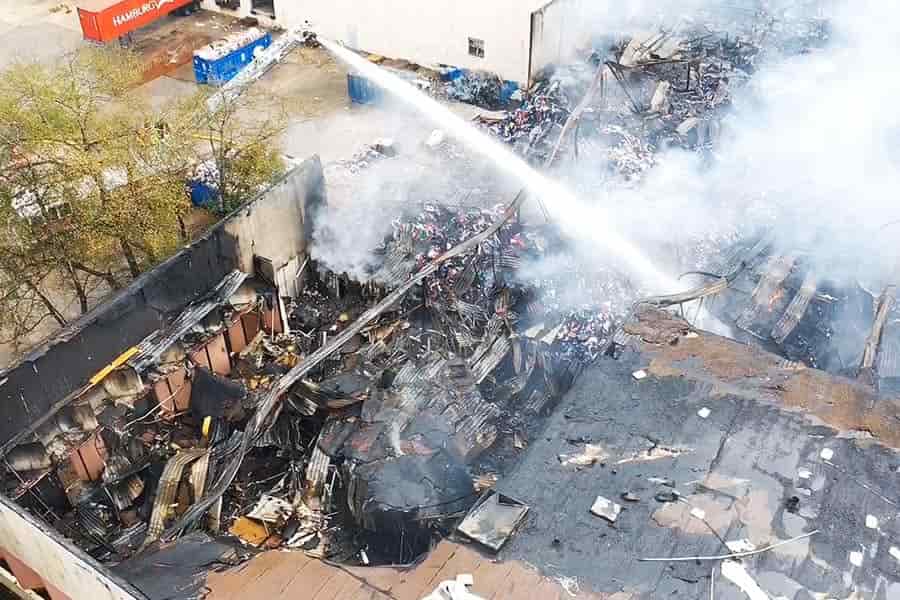

After a fire incident and the subsequent cleanup, it is crucial to thoroughly dry out the affected areas. Proper drying is essential for preventing mold growth, minimizing further damage, and creating a suitable environment for fire remediation. Here’s a step-by-step guide to drying out the affected areas:
Remove excess moisture: Start by removing any standing water or excess moisture from the area. Use mops, towels, or wet vacuums to extract water from floors, carpets, and other surfaces. If necessary, consider renting professional-grade drying equipment like industrial fans or dehumidifiers to expedite the drying process.
Increase ventilation: Promote airflow by opening windows and doors, if safe to do so. This allows fresh air to circulate and helps evaporate moisture. Use fans strategically to facilitate air movement and direct them towards damp areas. Ceiling fans can also aid in circulating air within the room.
Dehumidification: Employ dehumidifiers to reduce humidity levels in the affected areas. High humidity provides an ideal environment for mold growth, so it’s important to maintain optimal moisture levels. Position dehumidifiers in the affected rooms and adjust settings according to manufacturer instructions. Empty and clean the dehumidifier regularly to ensure its effectiveness.
Monitor moisture levels: Use a moisture meter or hygrometer to monitor moisture levels in the affected areas. Check the moisture content of walls, floors, and other surfaces. Aim for moisture levels below 50% to inhibit mold growth. Continue monitoring until moisture levels stabilize within an acceptable range.
Remove damp materials: Identify and remove any damp or water-damaged materials that cannot be effectively dried or salvaged. This may include carpets, upholstery, drywall, insulation, or damaged wooden items. Promptly dispose of these materials following local regulations and guidelines.
Time for thorough drying: Allow sufficient time for the affected areas to dry thoroughly. The duration can vary depending on the extent of the damage, humidity levels, and airflow. Patience is key to ensure that all moisture is properly evaporated and the environment is suitable for subsequent restoration and repairs.
By following these steps and ensuring effective drying of the affected areas, you significantly reduce the risk of mold growth and further damage. Remember to exercise caution, especially with electrical systems, and consult with professionals if you encounter significant challenges or concerns during the drying process.
Thorough Cleaning of Surfaces
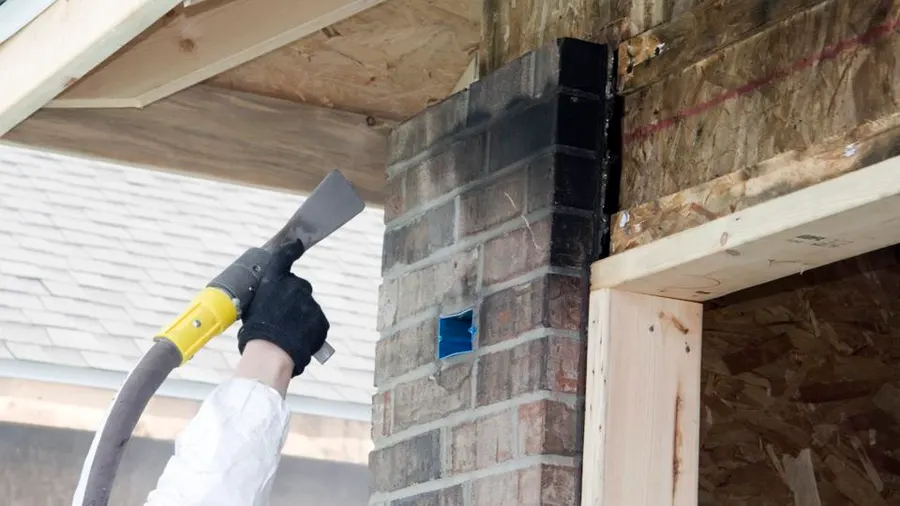

After a fire incident, thorough cleaning of surfaces is essential to remove soot, smoke residue, and potential contaminants. Proper cleaning not only helps restore the appearance of your property but also eliminates odors and creates a healthier living environment. Here’s a guide for effectively cleaning surfaces:
Safety first: Before starting the cleaning process, ensure you’re wearing appropriate personal protective equipment (PPE) such as gloves, masks, and goggles to protect yourself from potentially harmful substances.
Dry cleaning: Begin by dry cleaning surfaces to remove loose soot and debris. Use a vacuum cleaner with a HEPA filter to gently vacuum upholstery, carpets, and other soft materials. Use a dry cloth or sponge to wipe down hard surfaces and remove loose residue.
Soot residue removal: For surfaces with heavy soot residue, use a dry chemical sponge or dry-cleaning sponge. Gently rub the sponge over the surface, applying light pressure to lift off the soot. Avoid excessive rubbing, as it may cause the soot to smear or penetrate deeper into porous materials.
Wet cleaning: Once the dry cleaning is complete, move on to wet cleaning. Prepare a cleaning solution by mixing mild dish soap or a specialized fire restoration cleaning product with warm water. Test the solution on a small, inconspicuous area first to ensure it doesn’t cause discoloration or damage.
Surface cleaning: Dip a clean sponge or cloth into the cleaning solution and wring out any excess liquid. Wipe down surfaces, working in small sections at a time. Use gentle, circular motions to lift and remove soot and residue. Rinse the sponge or cloth frequently and change the cleaning solution as needed to prevent smearing or redistributing the soot.
Detailed cleaning: Pay special attention to areas directly affected by the fire, such as walls near the source, light fixtures, vents, and appliances. These areas may require more thorough cleaning to remove stubborn soot deposits. Consider using a scrub brush or toothbrush for hard-to-reach or intricate areas.
Rinse and dry: After cleaning, rinse surfaces with clean water to remove any remaining cleaning solution. Use a clean cloth or sponge dampened with water to wipe down the surfaces. Ensure proper ventilation and allow the cleaned areas to air dry completely.
Absolutely, when discussing the benefits of hiring professional fire remediation services, it’s important to highlight their expertise and capabilities. In cases of extensive fire damage or if uncertainty surrounds the appropriate cleaning methods, consulting professional fire restoration services is highly advisable. These experts possess the necessary knowledge, equipment, and specialized cleaning agents to effectively restore surfaces and eliminate stubborn residue.
By following these steps and taking necessary precautions, you can indeed achieve a thorough cleaning of surfaces and help restore your property to its pre-fire condition. However, it’s crucial to remember that if you have any doubts or concerns, seeking professional guidance is the best course of action to ensure proper cleaning and restoration, ultimately saving you time, money, and stress.
Ventilation and Dehumidification
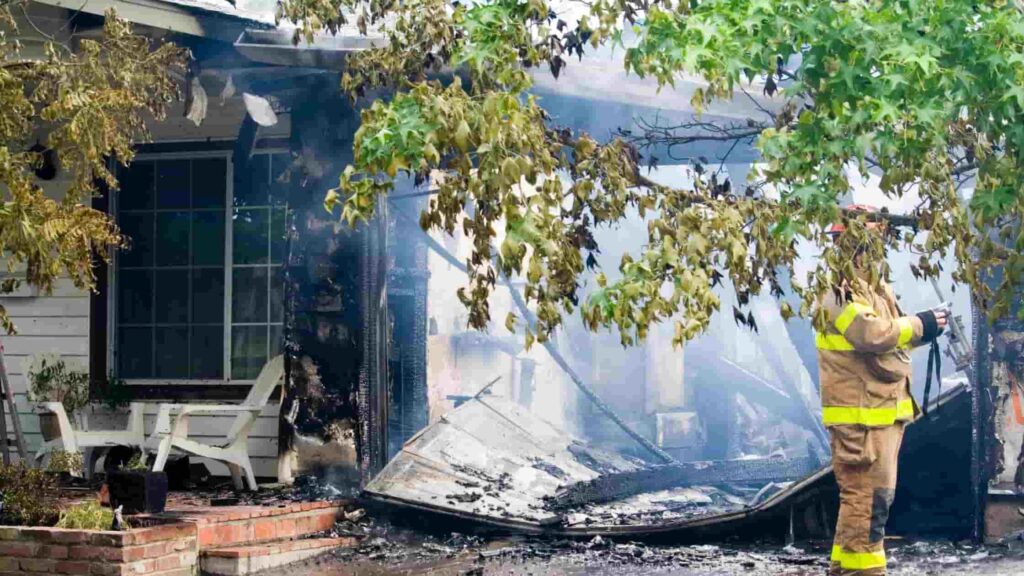

Proper ventilation and dehumidification play a crucial role in fire remediation and mold prevention. They help remove excess moisture, improve air quality, and create a drier environment that discourages mold growth. Here are some tips for effective ventilation and dehumidification:
Open windows and doors: When safe to do so, open windows and doors to allow fresh air to circulate. This helps remove stale air, smoke odors, and potentially harmful particles from the fire incident. Cross-ventilation can be achieved by strategically opening windows on opposite sides of the affected area.
Use fans: Place fans strategically to promote air movement and facilitate drying. Position them to direct airflow towards damp areas or areas that require ventilation. Ceiling fans can also aid in circulating air within the room. Ensure proper electrical safety when using fans, keeping them away from standing water or damaged electrical systems.
Utilize natural ventilation: Take advantage of natural ventilation sources, such as vents, skylights, or air vents. Ensure these openings are not obstructed and allow for the flow of fresh air into the space. Clean or replace air filters in ventilation systems to prevent the circulation of soot or contaminants.
Dehumidifiers: Employ dehumidifiers to reduce excess moisture levels in the affected areas. Dehumidifiers work by extracting moisture from the air, helping to create a drier environment that discourages mold growth. Follow the manufacturer’s instructions for placement, operation, and maintenance of dehumidifiers. Empty and clean the water reservoir regularly to prevent the growth of bacteria.
Monitor humidity levels: Use a hygrometer or humidity monitor to measure and monitor humidity levels in the affected areas. Aim to maintain humidity levels below 50% to inhibit mold growth. Regularly check the readings and adjust the ventilation and dehumidification strategies as needed to maintain optimal moisture levels.
Dry wet items promptly: If any items or materials become wet during the fire incident or the remediation process, make sure to dry them promptly. This includes carpets, upholstery, clothing, and other porous materials. Hang or lay them out in well-ventilated areas to allow air circulation and thorough drying.
Inspect and address moisture sources: Regularly inspect your property for any sources of excess moisture, such as leaky pipes, plumbing issues, or roof leaks. Promptly address and repair these sources to prevent ongoing moisture problems that can contribute to mold growth.
By implementing proper ventilation and dehumidification techniques, you can create a healthier and drier environment that discourages mold growth and supports the fire remediation process. Remember to adapt these strategies based on the specific needs of your property and seek professional assistance if necessary.
Mold Prevention Measures
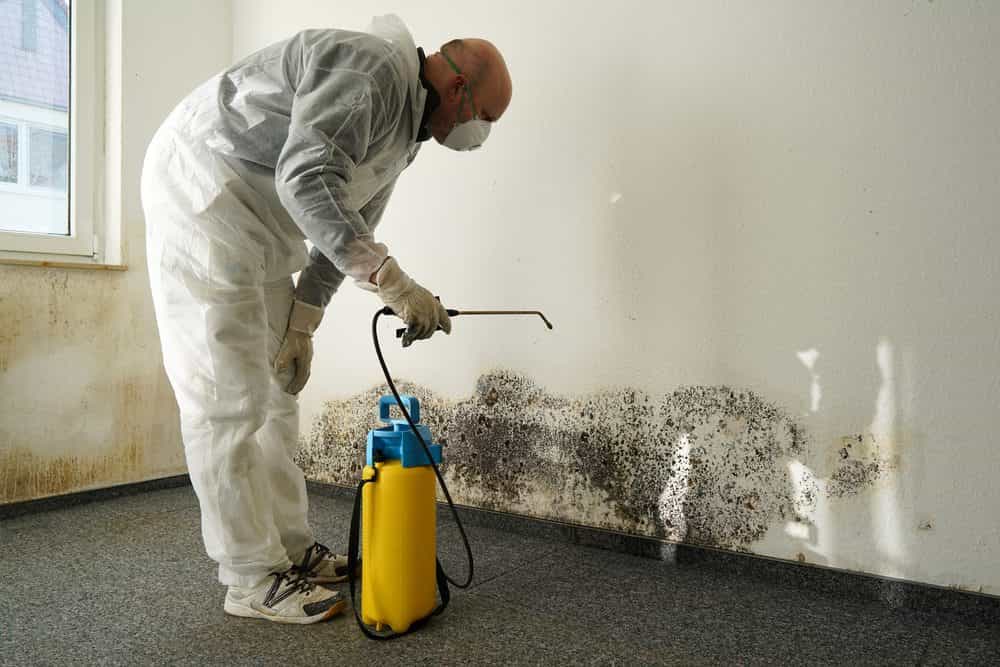

Preventing mold growth is crucial after a fire incident to maintain a healthy and safe living environment. Mold can quickly develop in damp conditions, posing potential health risks and further damaging your property. Here are some mold prevention measures to follow:
Address moisture issues: Moisture is a primary factor contributing to mold growth. Promptly address any sources of moisture or water intrusion in your property. Repair leaks, fix plumbing issues, and ensure proper drainage around the building. Thoroughly dry wet areas and materials within 24-48 hours to prevent mold from taking hold.
Maintain proper ventilation: Good airflow and ventilation help reduce moisture levels and prevent stagnant conditions that promote mold growth. Use exhaust fans in bathrooms, kitchens, and other areas prone to moisture. Open windows regularly to allow fresh air to circulate. Consider using dehumidifiers in humid environments or during high humidity seasons.
Monitor indoor humidity: Use a hygrometer to monitor indoor humidity levels. Aim to maintain humidity below 50% to discourage mold growth. If humidity is consistently high, utilize dehumidifiers or HVAC systems with dehumidification capabilities to control moisture levels.
Proper insulation: Ensure your property is adequately insulated, especially in areas prone to condensation, such as basements, attics, or crawl spaces. Proper insulation helps regulate temperature and prevent moisture buildup that can lead to mold growth.
Regular cleaning and maintenance: Regularly clean and maintain your property to prevent dust, dirt, and organic matter from accumulating, as they can serve as food sources for mold. Vacuum carpets and upholstery, dust surfaces, and clean frequently used areas. Regularly clean and maintain HVAC systems to prevent the spread of mold spores.
Monitor and address condensation: Condensation can occur on windows, pipes, or cold surfaces, creating a moist environment conducive to mold growth. Wipe down condensation promptly and consider using insulation or proper ventilation to reduce condensation formation.
Dry wet materials promptly: Any materials or belongings that become wet during the fire remediation process or due to water damage should be dried promptly. Thoroughly dry carpets, furniture, clothing, and other items within 24-48 hours to prevent mold growth. If necessary, consult professional cleaning or restoration services.
Regular inspections: Conduct regular inspections of your property, especially areas susceptible to mold growth, such as basements, attics, bathrooms, and crawl spaces. Look for signs of moisture, water damage, or mold growth. Address any issues promptly to prevent further mold-related problems.
By implementing these mold prevention measures, you can significantly reduce the risk of mold growth and create a healthier environment for you and your family. Stay vigilant, address moisture issues promptly, and seek professional assistance if you encounter significant mold problems or concerns
Seeking Professional Assistance
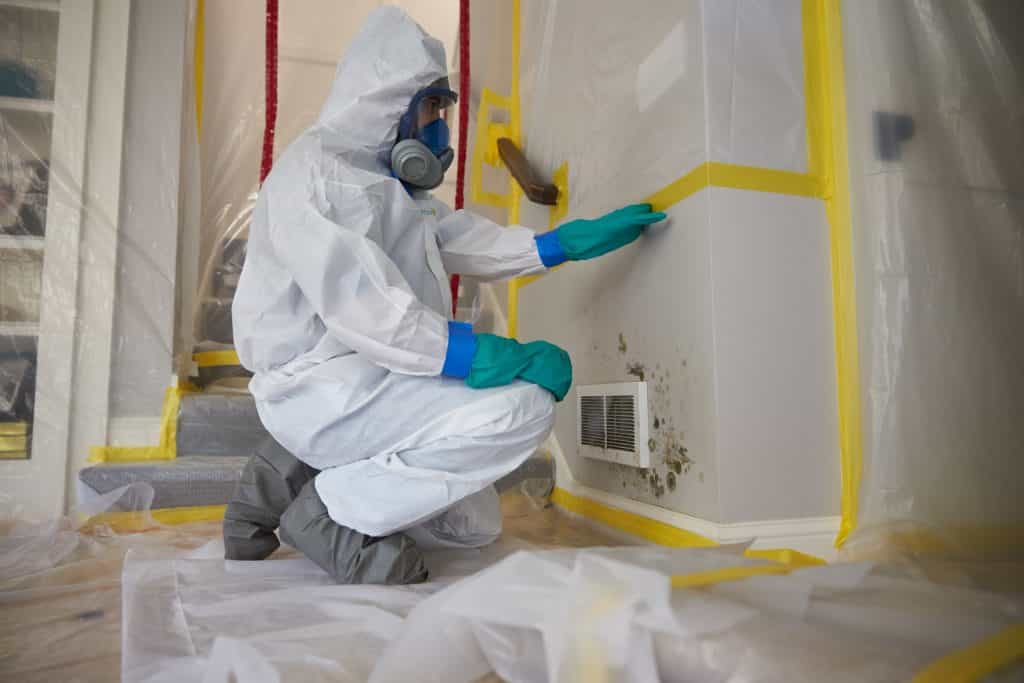

In certain situations, it may be necessary to seek professional assistance during fire remediation and mold prevention efforts. Professional help can provide expertise, specialized equipment, and the necessary resources to effectively address complex issues. Here are some scenarios where seeking professional assistance is recommended:
Extensive fire damage: If your property has experienced significant fire damage, it is advisable to consult professional fire restoration services. They have the knowledge and experience to handle large-scale cleanup, structural repairs, and smoke odor removal. They can also help assess hidden damage that may not be apparent to untrained eyes.
Mold infestation: If you discover extensive mold growth or suspect a mold infestation in your property, it’s best to engage professional mold remediation services. They are equipped to properly assess, contain, and safely remove mold. Professional mold remediation experts follow industry standards and use appropriate techniques to eliminate mold and prevent its recurrence.
Structural integrity concerns: If you have concerns about the structural integrity of your property after a fire, it is advisable to consult a qualified structural engineer or building inspector. They can assess the damage, conduct thorough evaluations, and provide expert guidance on necessary repairs or reinforcement to ensure the safety of the structure.
Health concerns: If you or anyone in your household has pre-existing respiratory conditions, allergies, or sensitivities to mold or smoke, it’s essential to prioritize your health and well-being. Consult with healthcare professionals for guidance and consider engaging professionals who specialize in addressing health-related concerns during fire remediation and mold prevention.
Insurance claims: If you need to file an insurance claim for fire damage or mold remediation, professional assistance can be invaluable. Restoration professionals can document the damage, provide detailed reports, and assist with the claims process, ensuring you receive fair compensation for the necessary repairs and restoration.
Remember, professional assistance brings expertise, efficiency, and peace of mind during the fire remediation and mold prevention process. Be sure to engage reputable and certified professionals who have the appropriate licenses, insurance, and credentials. Obtain multiple quotes, ask for referrals, and conduct research to choose the best professionals for your specific needs.
FAQS
Is mold common in Portland?
Yes, mold is relatively common in Portland due to its damp climate and frequent rainfall, which can create conditions conducive to mold growth if proper precautions are not taken.
How do you remediate mold in the air?
To remediate mold in the air, it is important to address the underlying cause of mold growth and improve ventilation. This can involve using air purifiers, HEPA filters, and ensuring proper HVAC system maintenance to filter and circulate clean air. Professional mold remediation may be required for extensive contamination
What permanently kills mold ?
Bleach and other cleaners can kill mold on surfaces, but to permanently eliminate mold, it’s crucial to address the underlying moisture issue and ensure proper ventilation and remediation to prevent its recurrence.
Why remediate mold?
Remediating mold is important for several reasons. Mold can cause structural damage, compromise indoor air quality, and pose health risks, particularly for individuals with respiratory conditions or compromised immune systems.
Conclusion
In conclusion, addressing fire remediation and mold prevention is crucial for the well-being of Portland residents. By following proper steps such as assessing structural dasafemage, prompt cleanup, thorough drying, surface cleaning, ventilation, and seeking professional assistance when necessary, individuals can create a and healthy living environment. Taking proactive measures to prevent mold growth and addressing any issues promptly ensures the long-term safety and preservation of their property. Stay vigilant, prioritize safety, and consult professionals as needed to effectively remediate fire damage and prevent mold in Portland.
